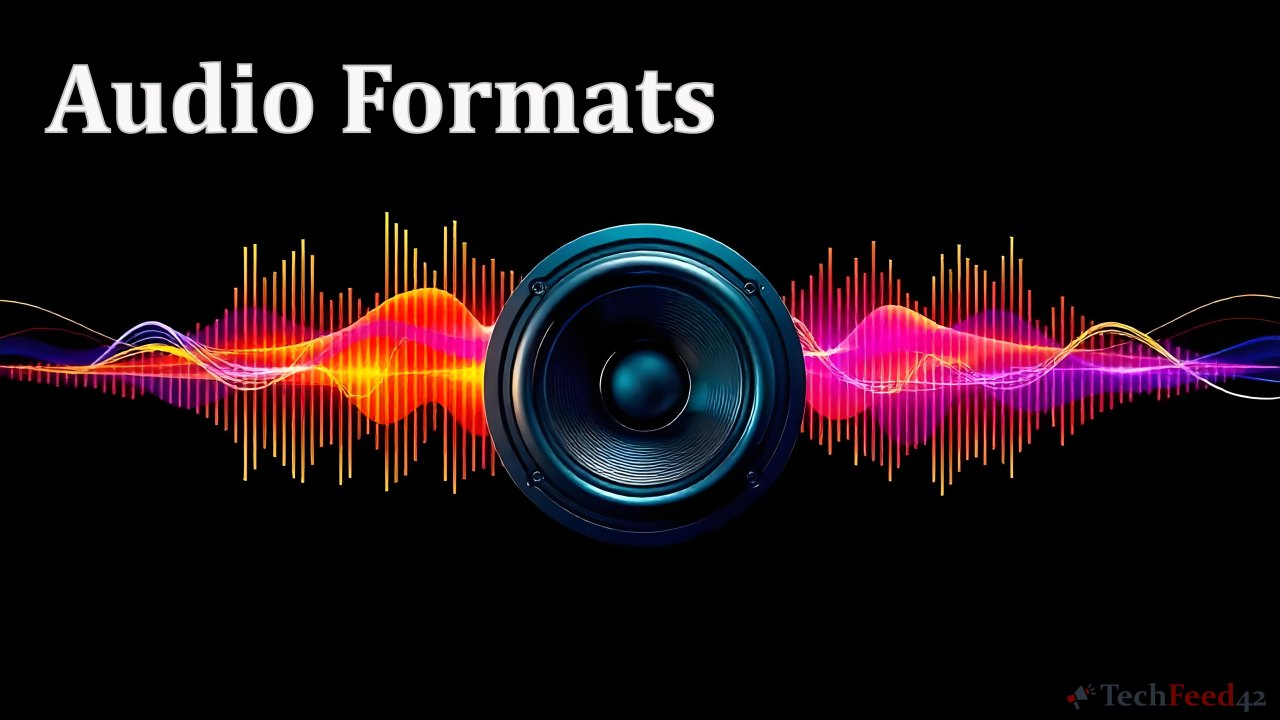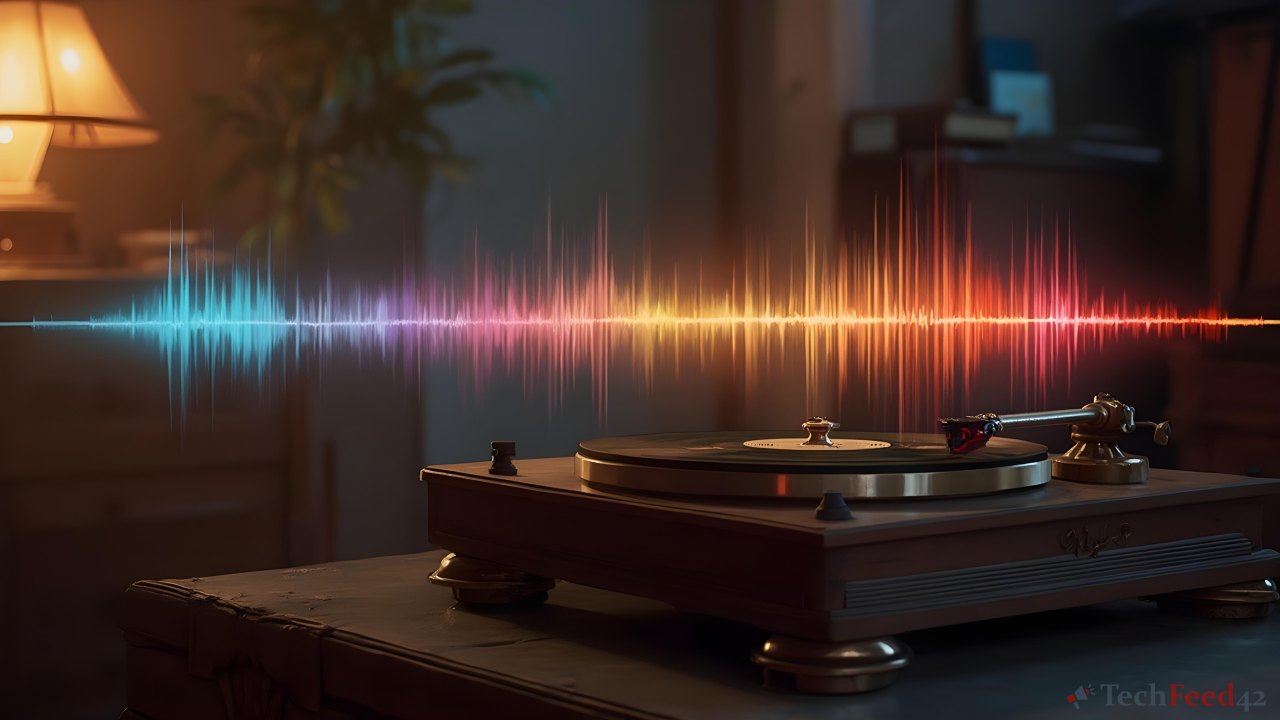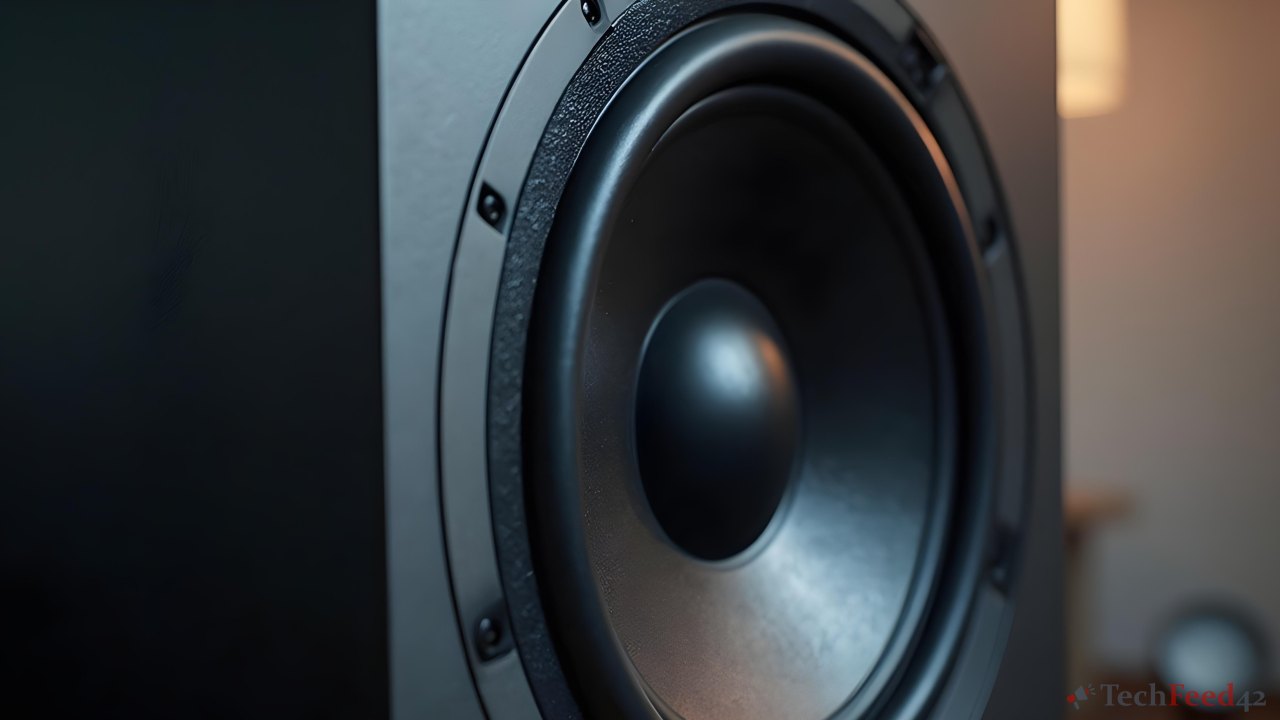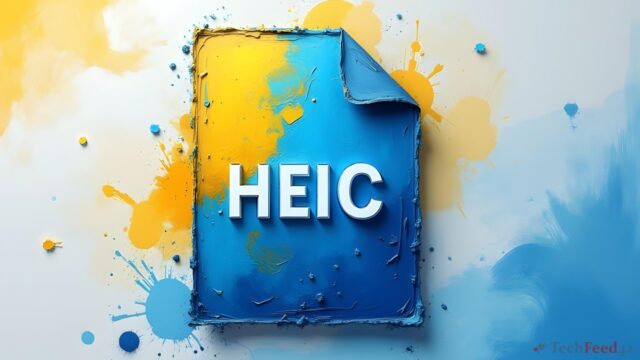When it comes to audio files, choosing the right format is crucial. Whether I’m recording a podcast or saving music, the format I choose can make a big difference in quality, file size, and compatibility. Here’s a breakdown of some of the most popular audio formats and their best use cases.
MP3: The Universal Standard
MP3 is probably the most well-known audio format. It’s been around since the 1990s and has become the universal standard for audio files. MP3 files use lossy compression, meaning they reduce the file size by removing parts of the audio that are less noticeable to the human ear. This makes MP3s small and easy to share.
In my experience, MP3 is perfect for everyday use. Whether it’s music, podcasts, or audiobooks, MP3 files play on almost any device. However, the trade-off for the smaller file size is a loss in audio quality. For most people, though, the difference is hardly noticeable, especially if you use a higher bitrate, like 256 kbps or 320 kbps.

AAC: The Modern MP3
Advanced Audio Coding (AAC) is often seen as the successor to MP3. It offers better sound quality at similar or even smaller file sizes. That’s why it’s the default format for Apple devices and many streaming services like YouTube and Spotify.
If you’re looking for a format that provides a good balance between quality and file size, AAC is a solid choice. It works well for music and podcasts, and it offers more flexibility with bitrates. In my case, if I want slightly better quality without significantly increasing file size, I go for AAC. However, it’s not as universally supported as MP3, so keep that in mind if you’re sharing files with others.
M4A: AAC with a Different Name
M4A is essentially AAC but with a different file extension. It stands for MPEG-4 Audio and is commonly used by Apple. If you’ve ever purchased music from the iTunes Store, you’ve probably encountered M4A files. They offer the same quality and compression as AAC but are usually associated with the Apple ecosystem.
I find M4A to be great when working within Apple’s environment. If I’m editing audio in GarageBand or sharing music on my iPhone, M4A is my go-to. However, outside of Apple devices, M4A files might not be as widely supported as MP3s.
OGG: The Open-Source Option
OGG is an open-source format that uses the Vorbis codec. It’s often compared to MP3 and AAC in terms of quality and compression efficiency. Unlike MP3 and AAC, OGG is not restricted by patents, making it a popular choice among developers and open-source enthusiasts.
In terms of audio quality, OGG files can outperform MP3s at the same bitrate. However, compatibility can be an issue. Many media players support OGG, but it’s not as universally recognized as MP3 or AAC. In my experience, OGG is best suited for personal use, like when I’m listening to music on a media player that supports it. If you’re planning to distribute audio widely, though, you might run into compatibility issues.

FLAC: Lossless Quality
Free Lossless Audio Codec (FLAC) is a favorite among audiophiles. As a lossless format, FLAC preserves the original audio data, delivering high-quality sound without any loss of detail. Unlike MP3 and AAC, FLAC files don’t discard any audio information, making them perfect for archiving music or important recordings.
The downside to FLAC is the file size. FLAC files can be quite large compared to their lossy counterparts. For instance, a high-quality FLAC file can be ten times the size of an MP3 file. In my case, I use FLAC when I want the best possible quality, like when I’m archiving music or recording something professionally. However, for everyday listening, the large file size can be impractical.
WavPack: The Versatile Format
WavPack is another lossless format that offers something unique: it can also include a lossy mode. This means I can use WavPack to compress audio data without any loss of quality or opt for a lossy version to save space. It’s a versatile option that gives me flexibility based on my needs.
While WavPack isn’t as widely adopted as FLAC, it offers similar benefits. It’s great for those who want a balance between quality and file size. If I need to archive audio but still want the option to reduce the file size later, WavPack is a solid choice. However, like FLAC, it’s not as widely supported as MP3 or AAC, so compatibility can be an issue.

Which Format Should You Choose?
Choosing the best format depends on what you need. If I’m sharing audio with others or need a format that works on virtually any device, MP3 is the safest bet. For slightly better quality with good compression, AAC or M4A is a great choice, especially if I’m working within the Apple ecosystem. For open-source projects or personal use where compatibility isn’t an issue, OGG is a solid option. When quality is the top priority, especially for archiving, FLAC and WavPack are my go-to formats.
In summary, there’s no one-size-fits-all answer. It all comes down to how you prioritize factors like file size, quality, and compatibility.


